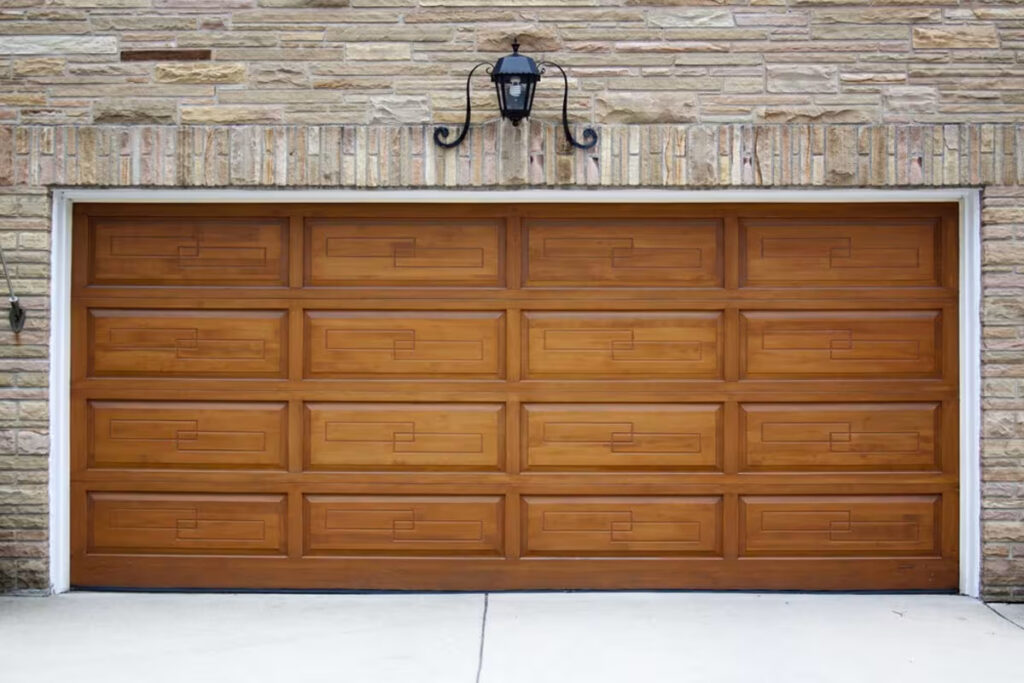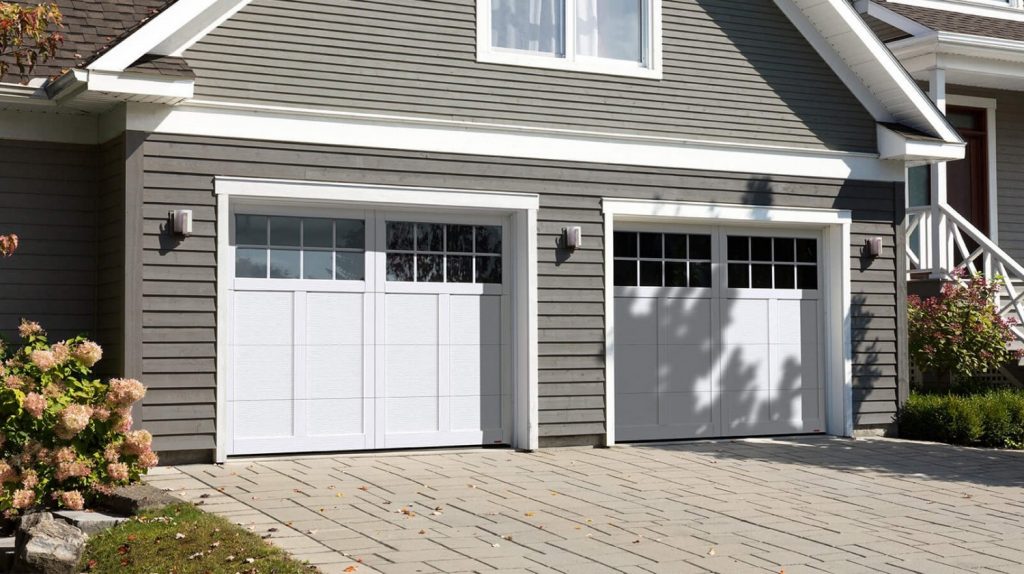Making your Garage Door Repair Bryan TX can significantly improve the overall comfort and convenience of your home, especially if the garage is attached to living spaces or bedrooms.

Fortunately, there are several effective strategies you can implement to reduce noise and minimize disturbances caused by your garage door opener. In this comprehensive guide, we’ll explore various techniques and tips to help you achieve a quieter garage door opener operation.
- Regular Maintenance:
- One of the simplest ways to reduce noise from your garage door opener is to perform regular maintenance on the opener and associated hardware. This includes lubricating moving parts such as rollers, hinges, and springs to minimize friction and noise.
- Use a silicone-based lubricant rather than petroleum-based products, as silicone lubricants are less likely to attract dirt and debris, resulting in smoother and quieter operation.
- Replace Worn or Damaged Parts:
- Over time, the components of your garage door opener can wear out or become damaged, leading to increased noise during operation. Inspect the rollers, hinges, and bearings for signs of wear or damage, and replace any parts that show significant wear or are making noise.
- Consider upgrading to nylon or rubber-coated rollers, which are quieter than traditional metal rollers and provide smoother operation.
- Tighten Loose Hardware:
- Loose hardware such as bolts, nuts, and screws can contribute to noisy garage door operation. Periodically inspect and tighten all hardware associated with the garage door opener, including the track mounting brackets, roller brackets, and hinge screws.
- Use a socket wrench or screwdriver to tighten any loose hardware to ensure a secure and stable connection, which can help reduce vibration and noise.
- Install Vibration Isolators:
- Vibration isolators or dampeners can help reduce noise and vibration transmitted from the garage door opener to the ceiling or nearby walls. These rubber or foam pads are placed between the opener and the mounting surface to absorb vibrations and minimize sound transmission.
- Install vibration isolators according to the manufacturer’s instructions, ensuring that they are positioned securely and provide adequate support for the opener.
- Add Insulation:
- Adding insulation to the walls and ceiling of your garage can help absorb sound and reduce noise transmission from the garage door opener. Consider installing foam or fiberglass insulation panels, or applying acoustic foam or soundproofing materials to the walls and ceiling.
- Additionally, consider installing an insulated garage door, which can help reduce noise from both the opener and external sources such as street traffic or neighborhood noise.
- Upgrade to a Belt-Drive Opener:
- Belt-drive garage door openers are quieter than chain-drive or screw-drive models, making them an excellent option for homeowners seeking a quieter operation. Belt-drive openers use a rubber belt rather than a metal chain to lift and lower the door, resulting in smoother and quieter operation.
- While belt-drive openers may cost slightly more than chain-drive or screw-drive models, the quieter operation and reduced noise levels can be well worth the investment, especially for attached garages or living spaces above the garage.
- Install Soundproofing Materials:
- In addition to insulating the walls and ceiling, you can further reduce noise from your garage door opener by installing soundproofing materials directly on the door itself. Consider adding soundproofing panels, acoustic foam, or soundproofing blankets to the inside of the garage door.
- These materials can help absorb sound and minimize noise transmission from the opener to the surrounding area, resulting in a quieter and more comfortable environment.
- Adjust Opener Settings:
- Some garage door openers allow you to adjust settings such as the speed of the door operation and the force exerted when opening and closing. Experiment with these settings to find the optimal balance between speed and noise.
- Lowering the speed of the door operation can reduce noise levels, especially during the opening and closing phases. Similarly, reducing the force exerted by the opener can minimize vibration and noise transmission to the surrounding area.
- Upgrade to a Quieter Model:
- If your current garage door opener is old or outdated, consider upgrading to a newer model specifically designed for quieter operation. Look for garage door openers with features such as DC motors, soft-start and soft-stop technology, and vibration-reducing components.
- Consult with a reputable garage door dealer or installer to explore your options and select a garage door opener that meets your needs and budget while providing quieter operation.
- Consult a Professional:
- If you’re unsure how to make your garage door opener quieter or if you’re experiencing persistent noise issues despite trying various solutions, consider consulting a professional garage door technician. A qualified technician can inspect your garage door opener, diagnose any underlying issues, and recommend appropriate solutions to achieve quieter operation.
By implementing these strategies and tips, you can effectively reduce noise from your Garage Door Repair Bryan TX and enjoy a quieter and more comfortable home environment. Regular maintenance, proper insulation, and strategic upgrades can all contribute to quieter garage door operation, enhancing your overall quality of life and minimizing disturbances for you and your family.
Circle B Overhead Door
1818 Drillers Dr, Bryan, TX 77808, United States
1-979-324-6733

